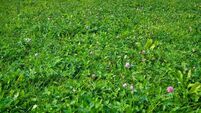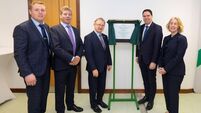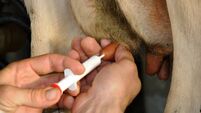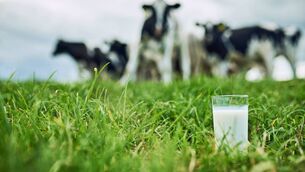"Ireland's unique production system makes it best country to meet global demand for dairy"
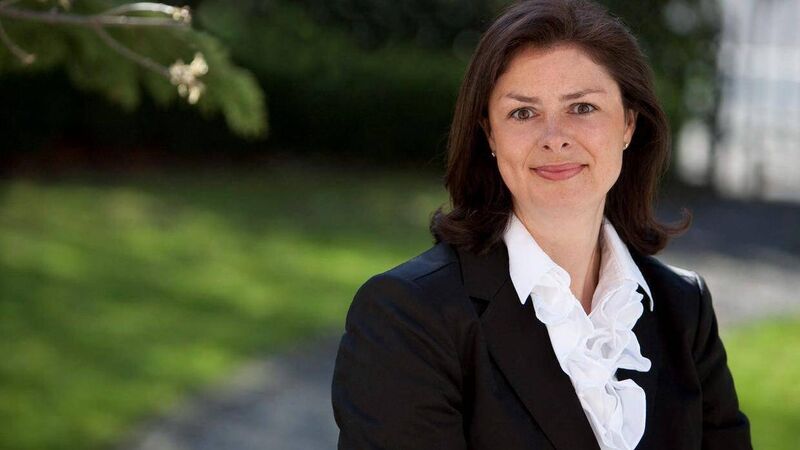
Zoe Kavanagh, CEO of the National Dairy Council, says the Irish economy benefits hugely from its dairy sector, an industry which is worth €5.2 billion to the Exchequer, 85% of which is invested back into local and rural economies.
From sustainable intensification to integrated farm management systems, Irish agriculture has come on leaps and bounds over the last generation, and now that the Climate Action Bill sets to put Ireland on legally binding path to zero net emissions by 2050, more change is yet to come.
Speaking of how farming in Ireland is placed for future changes, Zoe Kavanagh, CEO of the National Dairy Council, said: “I think it’s perfectly placed because of the three B’s — Booming, Better, Best."
Zoe Kavanagh explained: “Booming, because the global demand for dairy is booming and increasing. Better, because Ireland produces dairy better than anywhere else in Europe, and best, because the best way to address global emissions is to meet the demand in the country that has the better production system,” said Zoe.
A great starting point Having a great starting point is another aspect that sets Irish farming apart from other places because “our emissions are half the global average.”
In terms of meeting that the Climate Bill criteria — “dairy will do that,” she said.
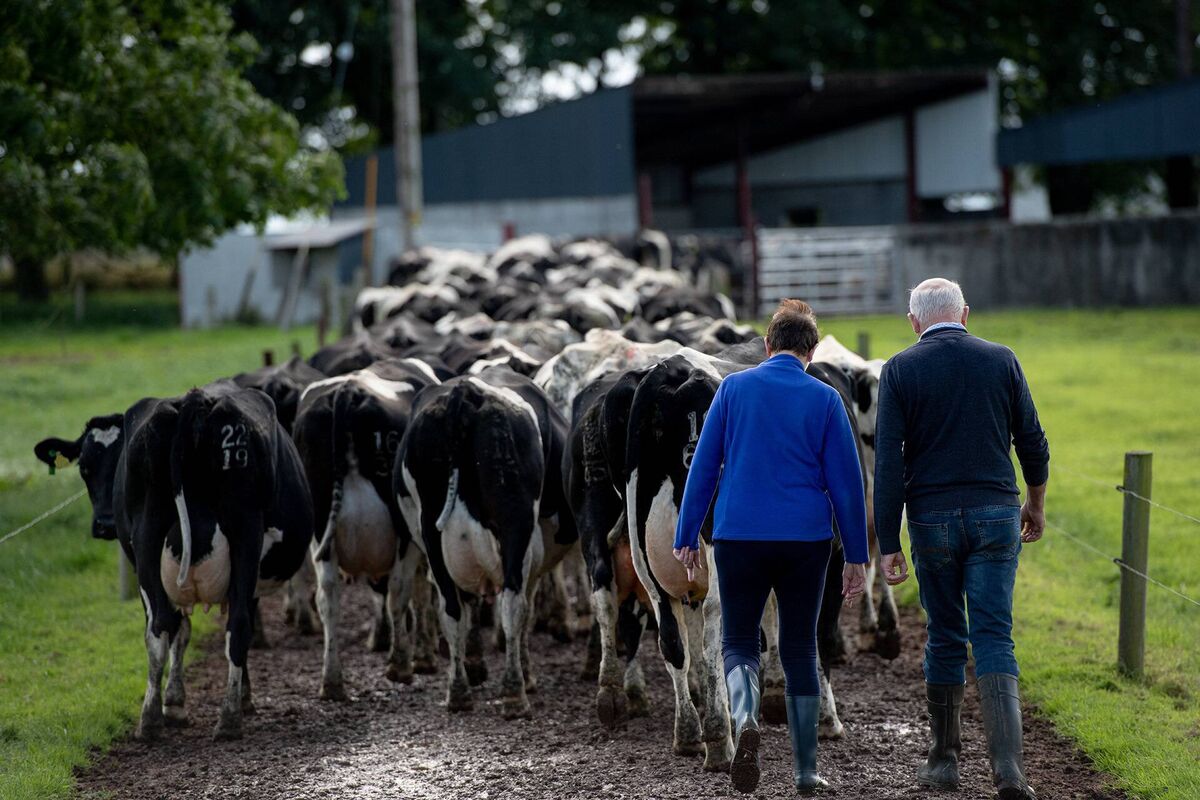
Zoe is particularly encouraged when she looks around at Ireland’s dairy farming families: “They’re all very clear that what they do on-farm today will look different in 5-10 years’ time, farmers have already started to incorporate that change within their practices. So I do feel our grass-based family farm model positions Ireland really well against the 3bs and I am encouraged about the future rather concerned.”
Farming and the Irish economy There are currently 18,000 family-owned dairy farms in Ireland, producing milk of an outstanding quality from over 1.2 million dairy cows and one in forty jobs in Ireland is directly linked to the dairy sector. Dairy has a total employment of over 60,000 jobs.
Irish farming also has a very significant export element to it. Irish dairy products find their way into 120 countries every year. The economic importance of farming in Ireland is huge, in terms of employment, and sustaining livelihoods within the rural economy.
“Our Irish dairy farmers have demonstrated in the past they are both resilient and adaptable. It’s a €5.2 billion sector that generates a massive amount of benefits to local economies — 85% is invested back into local and rural economies.
“We’ve got a thriving sector and we do it better than most other geographies in the world, we’re going to have to get better again and there is an action plan. It’s important that we have economic sustainability and livelihoods that can endure and thrive even through this time of change.”
Whilst the mood is one of resilience, learning, knowledge and skill-building, according to Zoe, there is a natural sense of worry stemming from the fact that “there does seem to be this demand for a cheap food product and yet to provide a high-quality product while ensuring it’s in balance with the environmental considerations and that’s likely to drive up the cost of food production.
“I think farmers are concerned that they’re going to get caught in absorbing that additional cost. In the short to medium term transition will have a cost, in the long term you’ll find there will probably be an economic benefit.”
Ireland’s grazing model is typically outdoors for nine months of the year, this is better for animal welfare and feed inputs as grass makes up over 85% of the diet.
99% of Ireland’s water here in Ireland is rain; “We should be grateful for it in some ways. We have a great grass growing season,” said Zoe.
“Dairy farmers are ultimately custodians of the land, they’re so familiar with land, habits, waterways, most of them are trying to ensure that they’re going to hand this farm system down to the next generation in better condition from when they achieved it.
“We’re very aligned with mother nature, we’re not irrigating or housing our animals for extended months each year and feeding them a lot of feed that’s coming from overseas. A combination of grass and heritage of our family farming model- we’re still very much staying true to that family farm model and grass-based system.”
Zoe believes that all of this presents itself for further opportunity within global dairy production.




